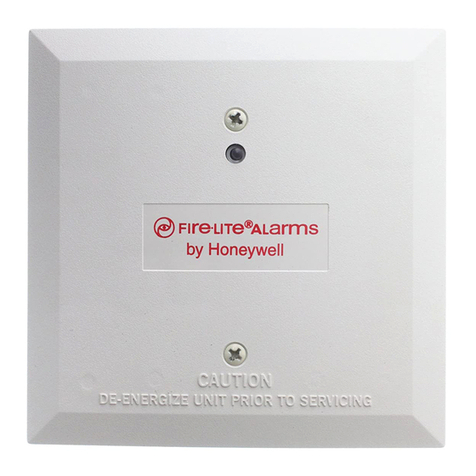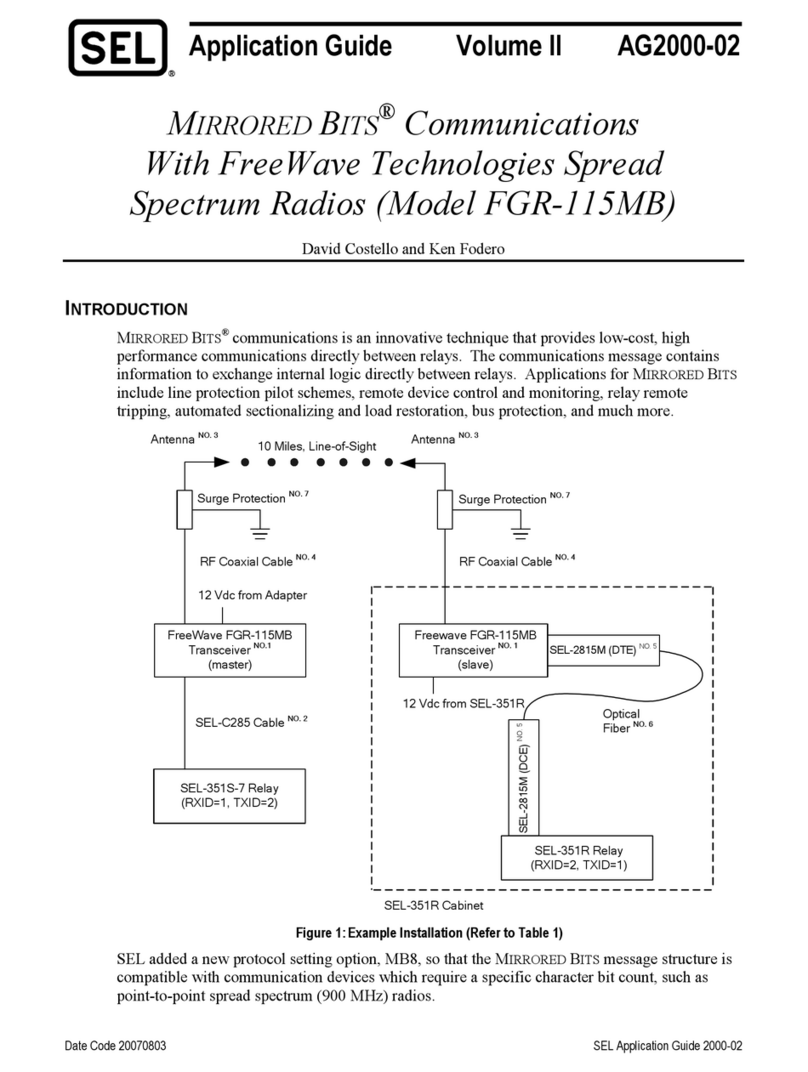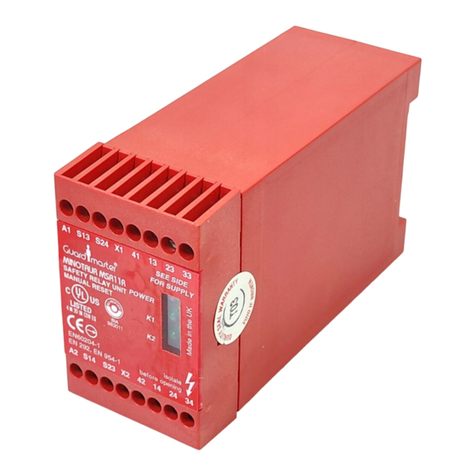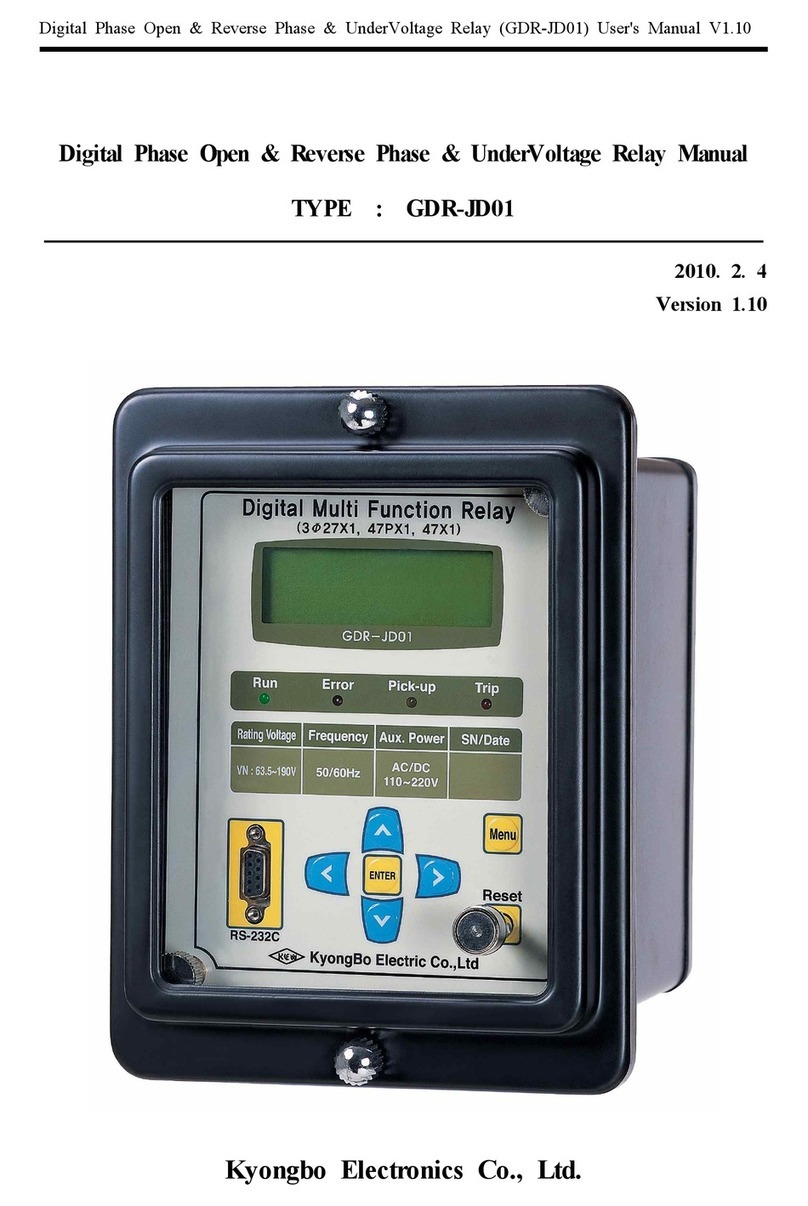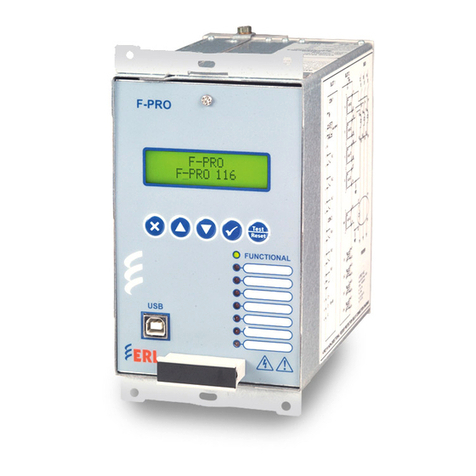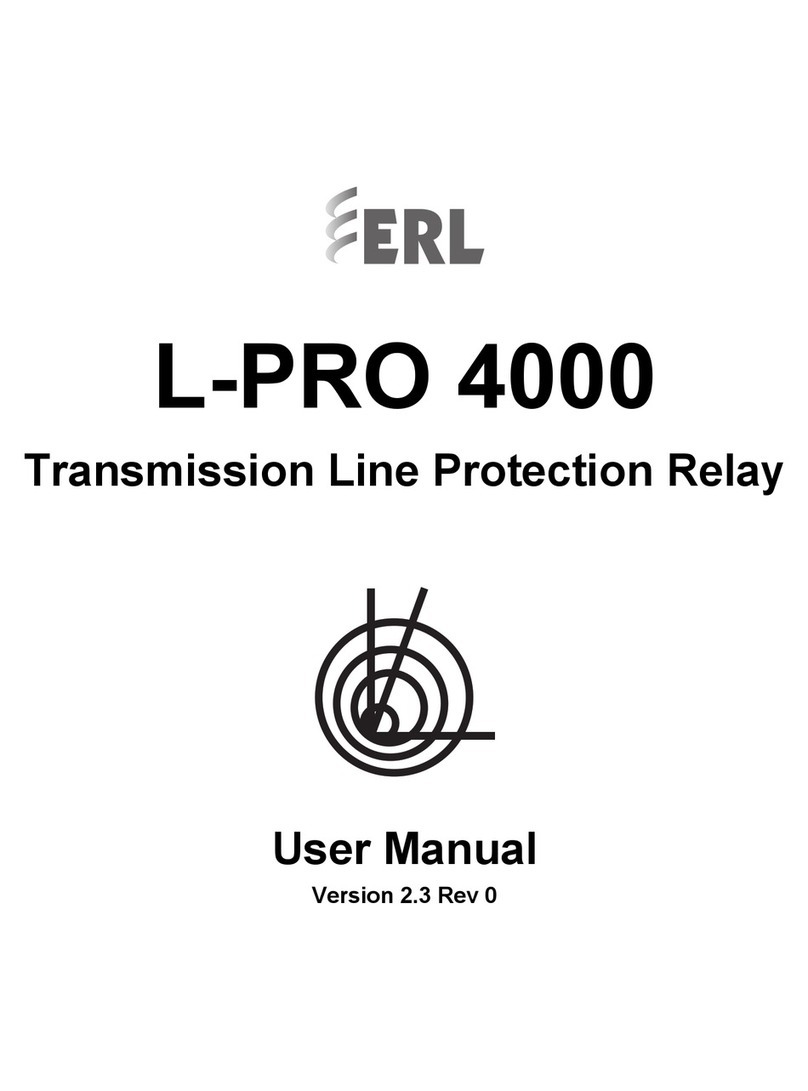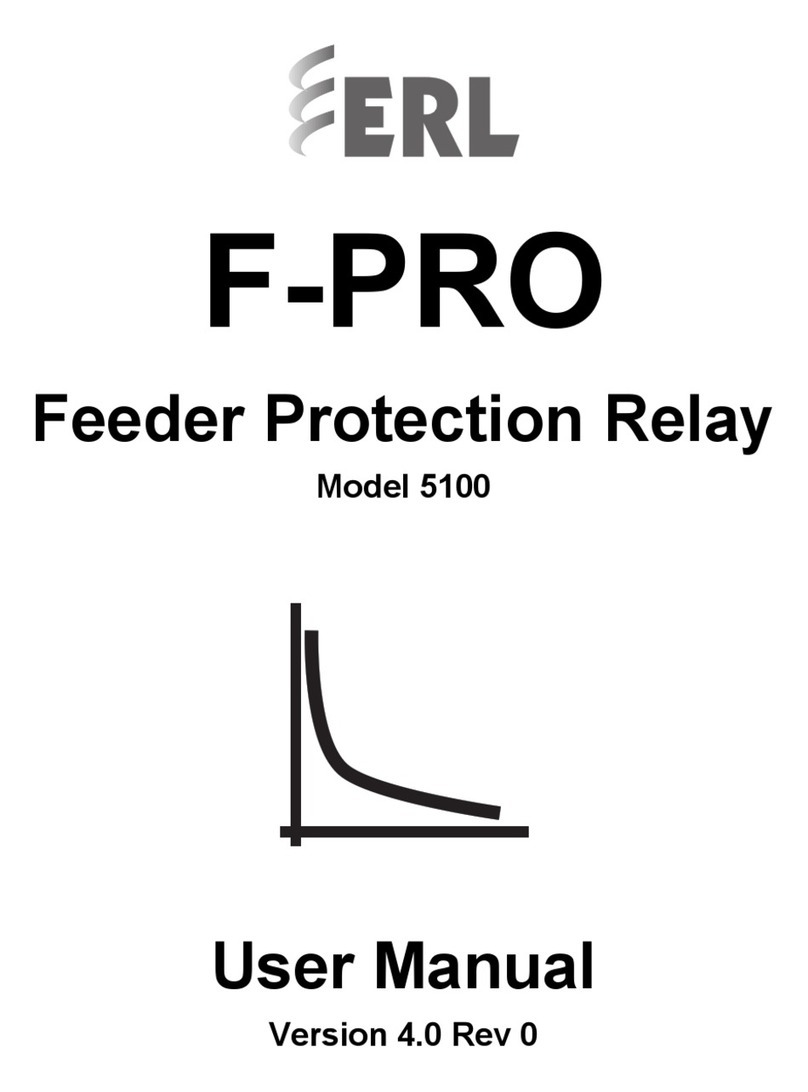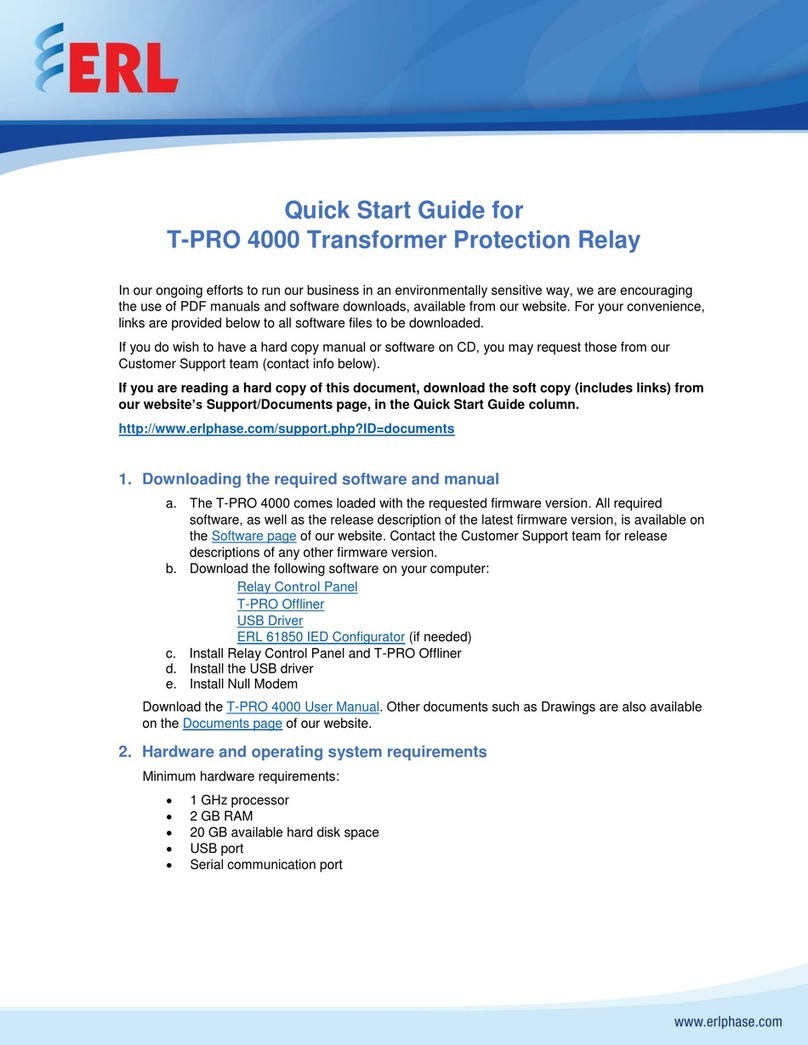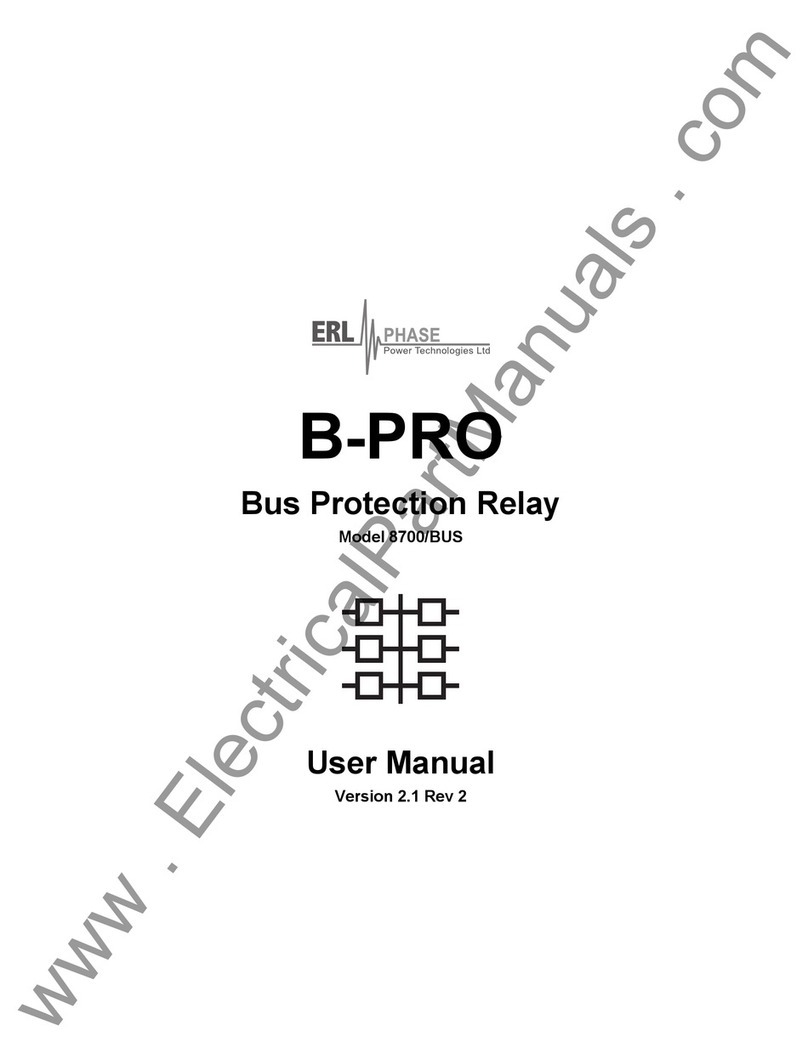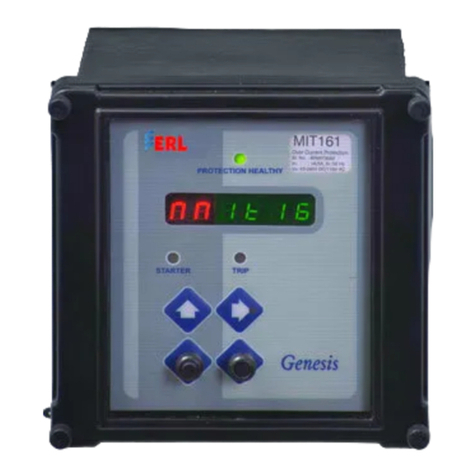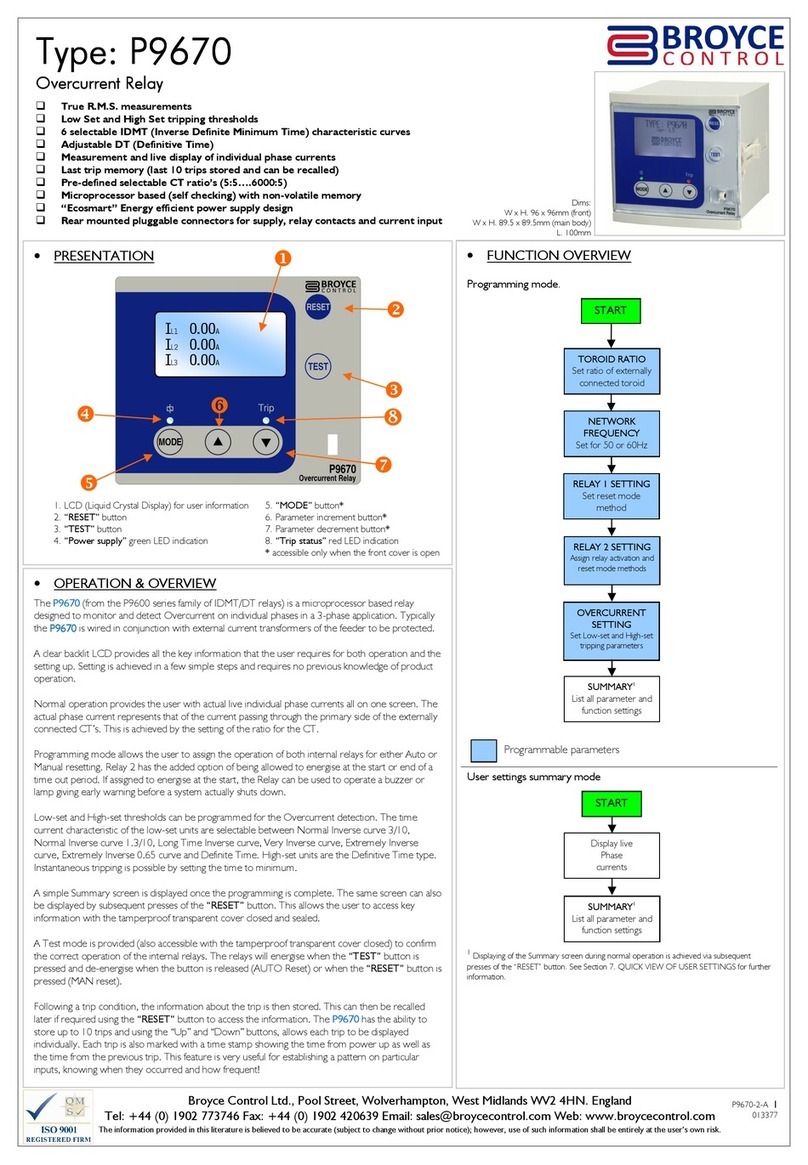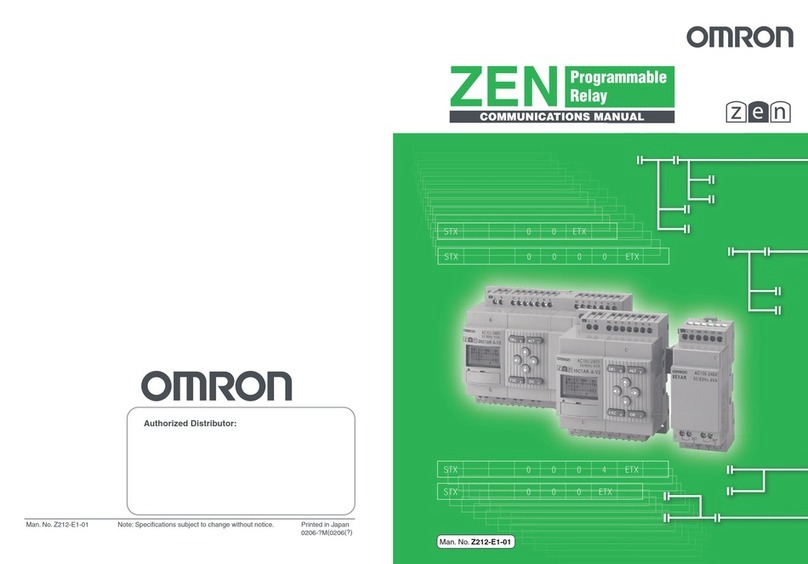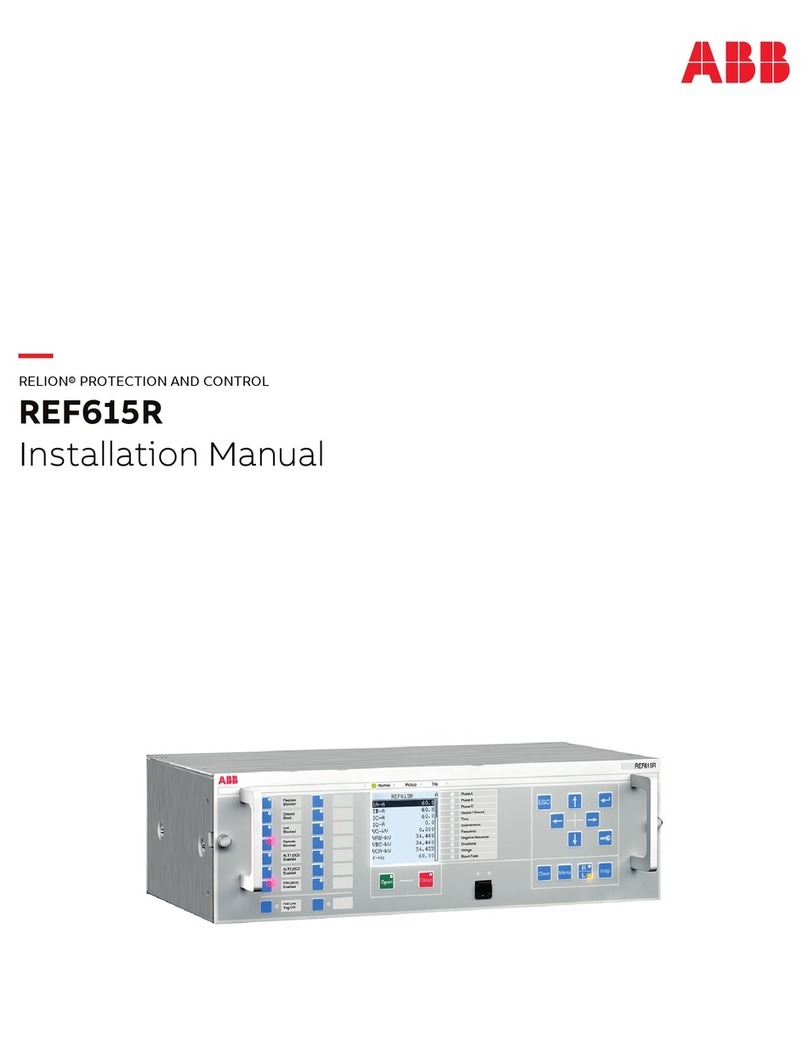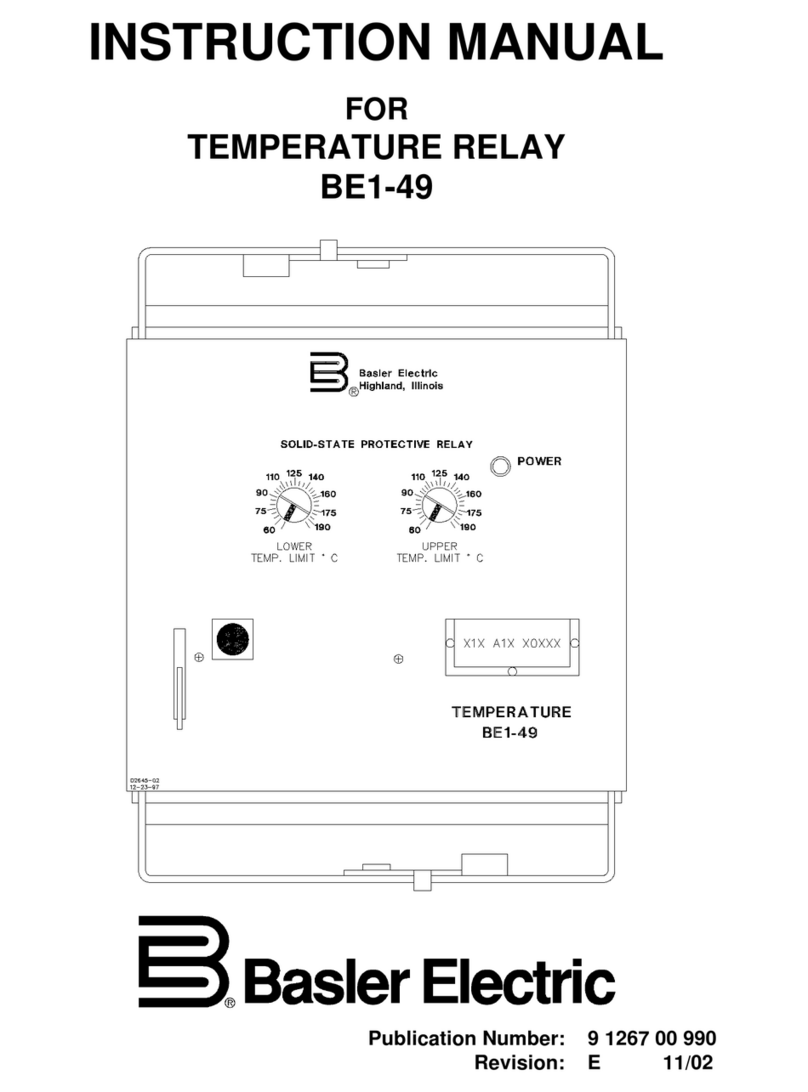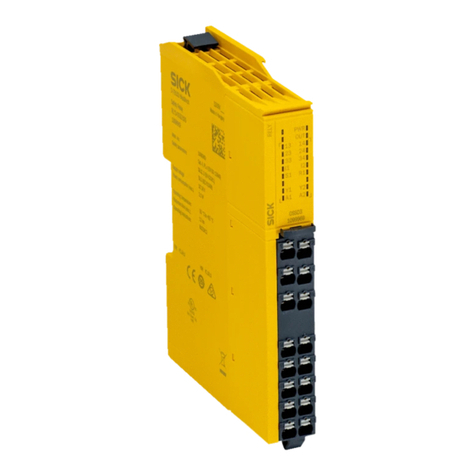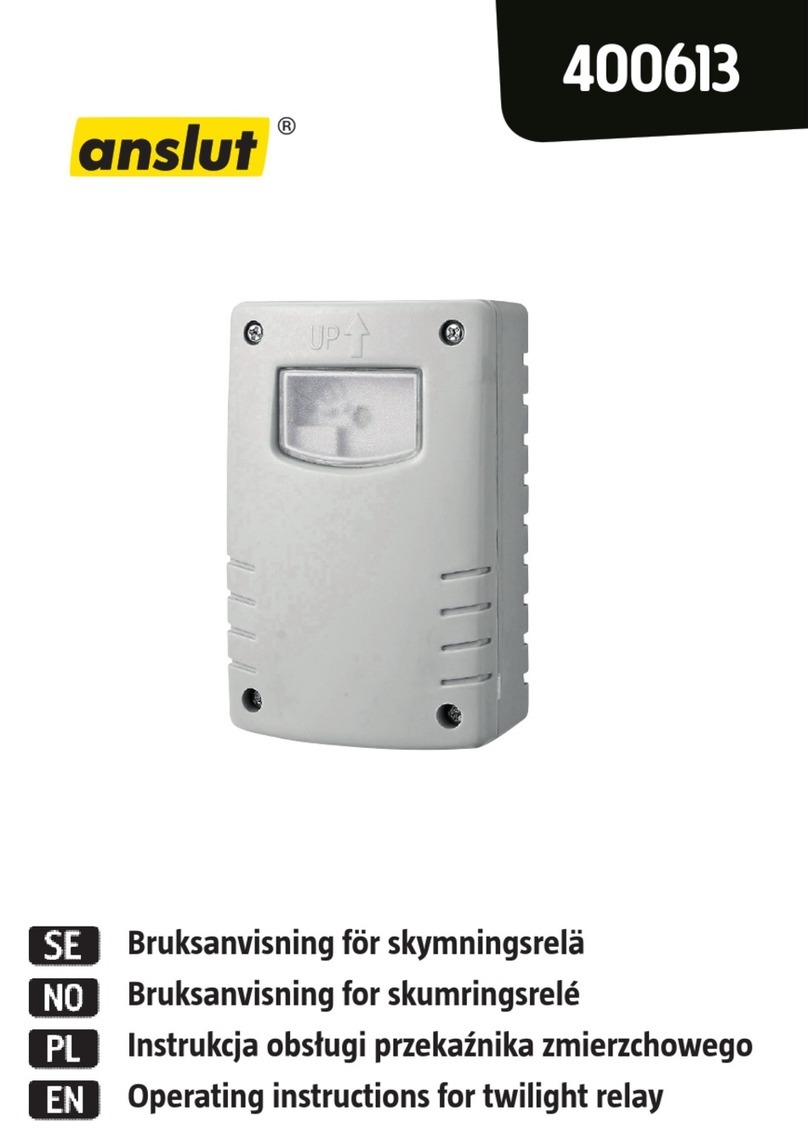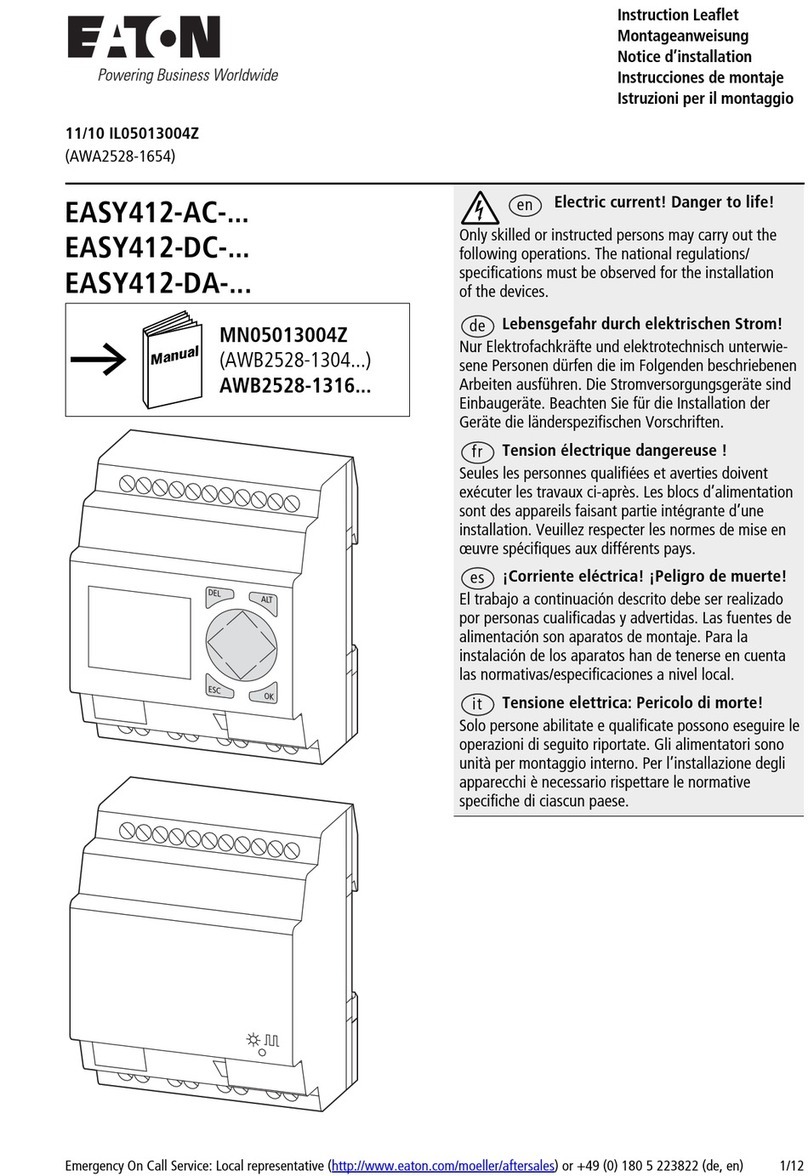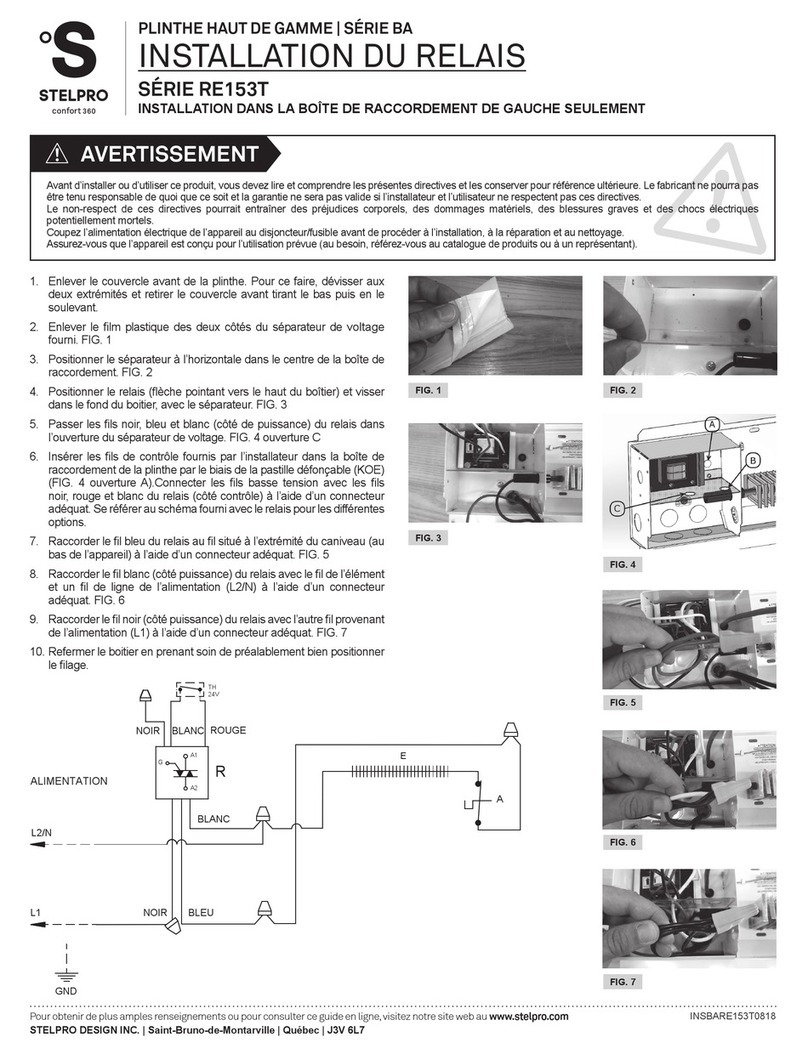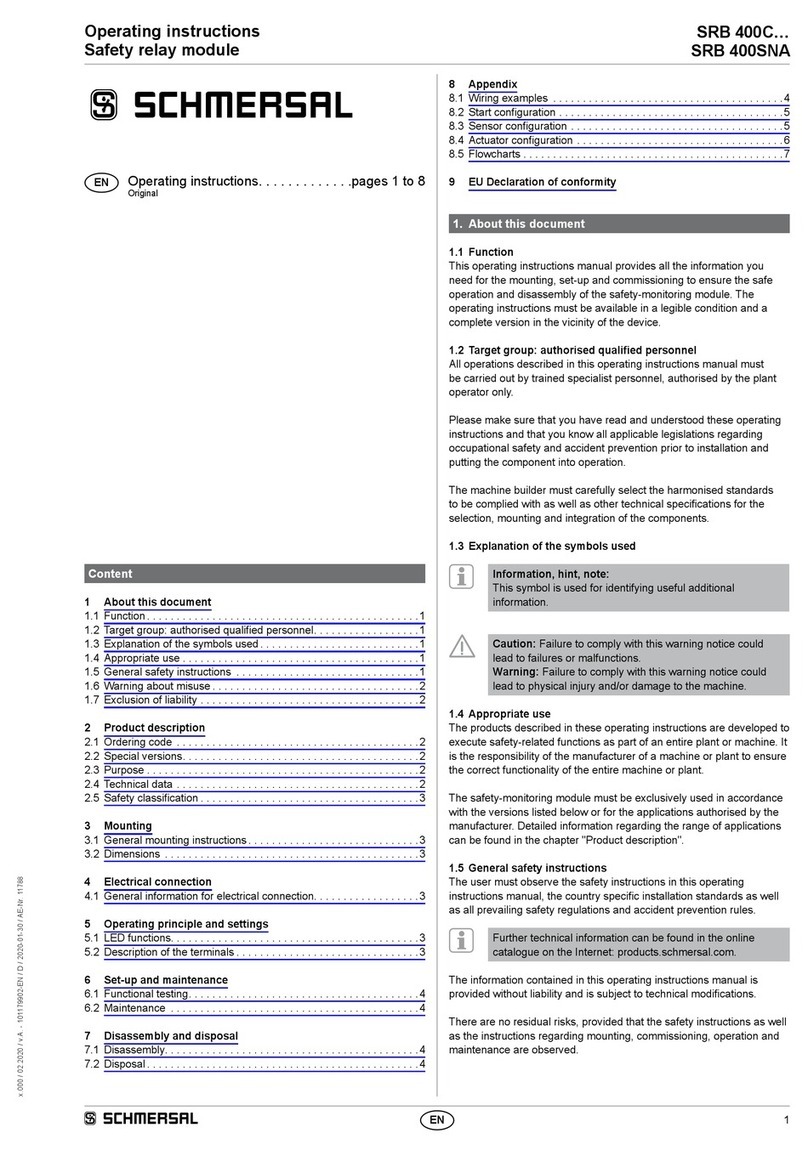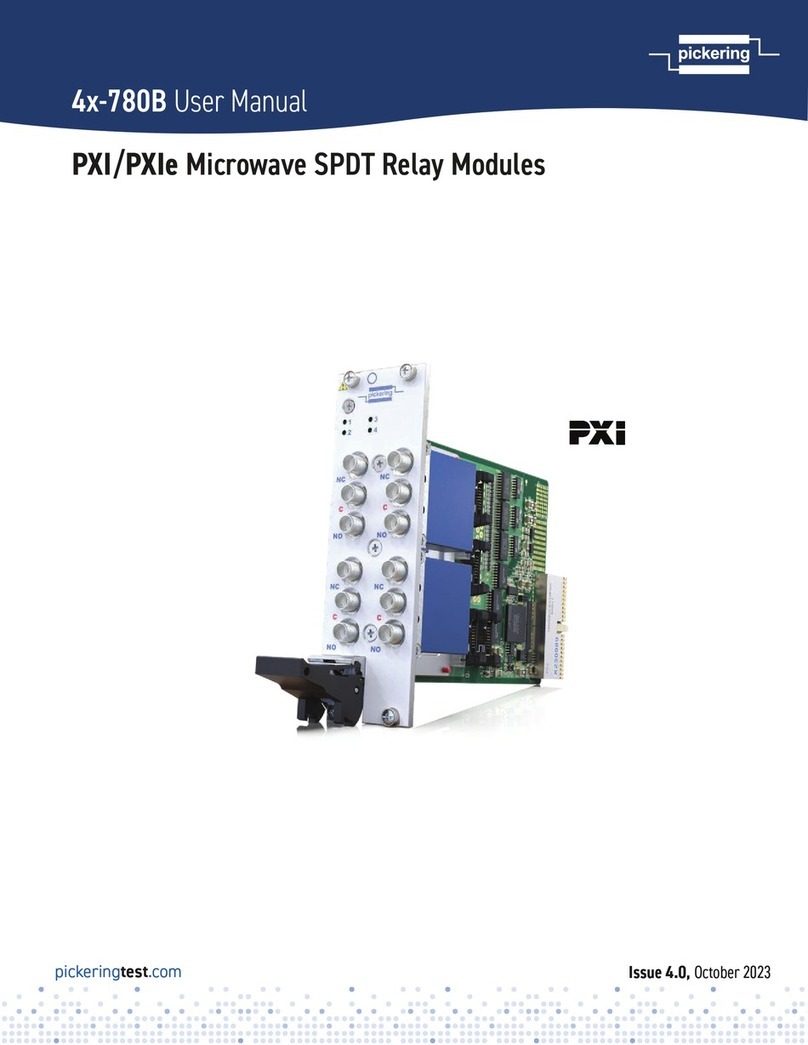
Protecting Against Transformer Overload
T-PRO Transformer Protection Relay
Overview
In addition to all the “usual” features of transformer protection
relays (differential protection, overcurrent protection,
overvoltage protection), the T-PRO relay also has several
features that protect against overheating:
•early warning of an overheating condition
•load shedding triggered by overheating
•adaptive pickup current for the overcurrent inverse-time function
These functions, in effect, monitor the health of paper (cellulose) insulation found in most power transformers.
Insulation deteriorates when overheated, and the deterioration is cumulative: many minor overtemperature
events can have the same effect as a single severe overtemperature event. Note that although an overloading
(i.e. overcurrent) condition in a transformer can cause insulation over-heating (i.e. overtemperature), there are
other factors to consider. For instance, the temperature of the insulation is dependent not only on the I2R losses
due to loading, but also on the ambient temperature (see typical data below):
Ambient Loading Hot Spot Temperature (steady-state)
30°C 100% 110°C (normal full-load condition)
40°C 90% 110°C
0°C 120% 110°C
Also, it can take an hour or so before a step change in loading causes a significant rise in the insulation
temperature.
Insulation Loss of Life – What is it and How is it Calculated?
When the hot spot temperature in a transformer is 110°C, the insulation deteriorates at a “normal” rate. At this
rate, the transformer insulation strength will drop to one-half of its original value in 20 years, and has reached the
end of its useful life (as described by present IEEE Standard, which is based on years of experience and
testing). Note that this doesn’t mean that the average transformer lasts only 20 years. Transformers aren’t run at
100% load under 30°C ambient conditions 24 hours a day! The calculation of the “rate of loss of life” (of the
insulation) is rather complex, but here's a rule-of-thumb:
The “rate of loss of life” doubles for every 7°C rise in the “hot spot temperature”.
The T-PRO relay calculates the “rate of loss of life” every three minutes (and from this the accumulated loss of
life is calculated continuously). Therefore, the effect of past overload conditions, especially repetitive ones, is
known.
The specifications and product information contained in this document are subject to change without notice.
In case of inconsistencies between documents, the version at www.erlphase.com will be considered correct. (D02836 R02)


